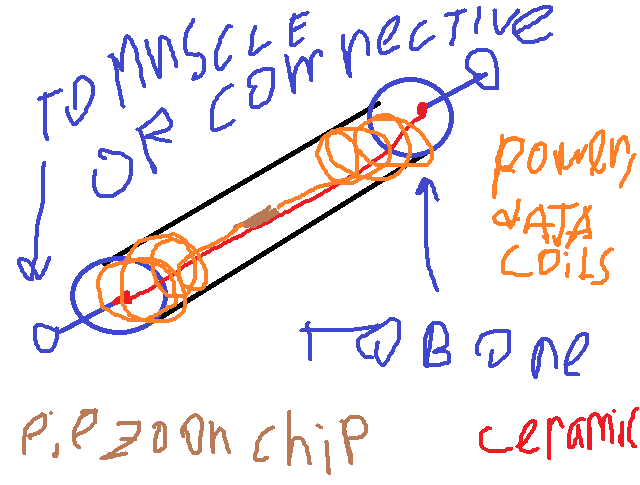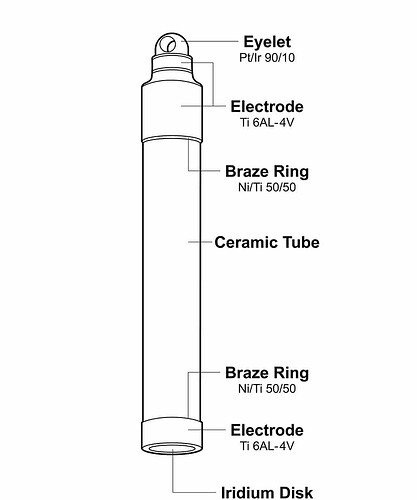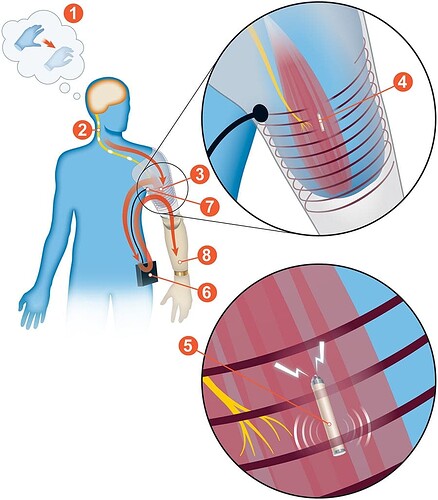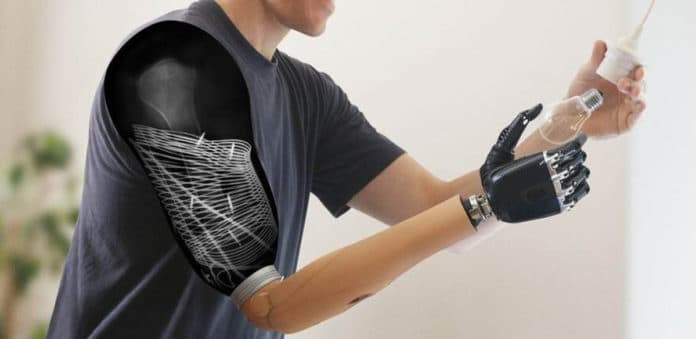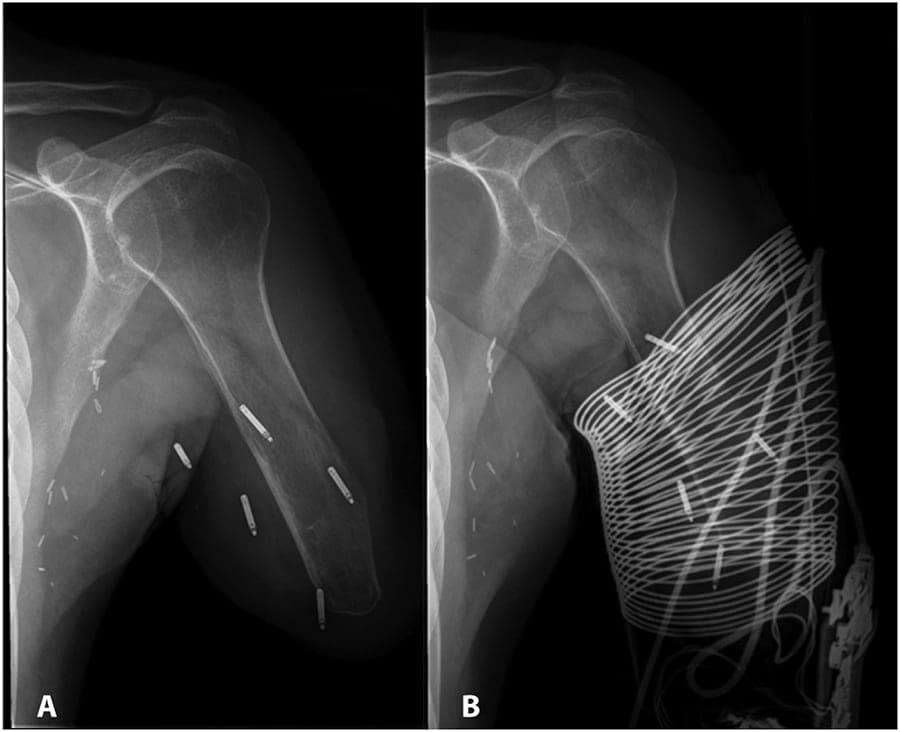This device works on similar principles as chips implanted in animals. As far as I know it not patented, and all of it parts are works. It should give nearly instant reaction to connected muscle contraction and more importantly there are many chips could be implanted. So even leg could give like more than 20 floating point sensors. It won’t help to build better prosthesis’s anyway, but for people who who has disabilities and works at the computer it could give better life.
Also I please ask not to touch animals if they survive, because you should test them and if they has not done anything wrong and has ho high mind functions, like really has not, then torturing them for your experiments if maybe wrong. Of course you decide.
Okay, sounds good
Naa, principle is different. it is piezo-electric, same way as in kitchen weight. Not approximation of muscle movement by energy around, but a direct numeric way to get certain force of muscle contraption.
Ah I see. Interesting. What advantage would this approach have over IMES?
Yeah…MaYBee, but I feel like this thread should be moved


This approach gives real time tension data of muscle, as fast as it probably even possible for something additional. It does not need a lot of calculations, maybe just some small corrections and adjustments. More over it should give more natural feel of control because this approach is more natural to body. You can look at it as just miniaturized kitchen weight in other form.
Interesting… I don’t know that piezo material would give you positioning data as it only produces voltage on change (movement)… but if you had a battery to monitor and also had some kind of calibration or zero-out method of handling error drift over time, it could be interesting.
The only down side I see is the need to physically attach to muscle and / or bone. This seems like a major down side since soft tissue just doesn’t like to cooperate when it comes to attaching things to it, especially if that thing is under tension. There are all kinds of challenges here.
- In weight it works by reading changing form or applied material. In this case it could not be used with just metal, because we need not to block coils from receiving and sending signals.
- Calibration probably will be needed at least in first devices.
- There are a lot of artificial connective tissues already exist. Even pe-hd kind. And as to connecting to bone? Biggest problem with body is if device need to be outside and inside body at same time. Titanium is very good material and there not need to be a lot of it.
- form of applied material. It’s like kitchen weight. Also even in basic level it gives used real feedback of muscle, because harder muscle works bigger weight applied.
If anyone patent this thing - my name is Ivanov Pavel Aleksandrovich, I want fair share if possible (to my relatives in case of my passing), but biggest thing I want that it would be available for very cheap to Russia and Ukraine, as selling goods but also as right to manufacture.
Wouldn’t reading electrical signals from electrodes in contact with the muscle be more reliable than physically connecting the muscles to piezoelectric pistons?
